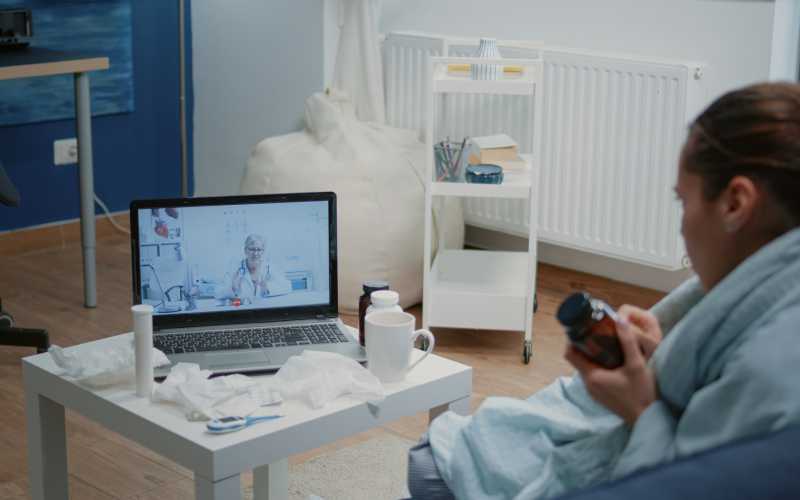Remote patient monitoring (RPM) is a technology-based healthcare delivery model that allows patients to be monitored outside of traditional healthcare settings, such as hospitals and clinics. This can include monitoring vital signs, symptoms, and other health-related data, and transmitting that information to healthcare providers for analysis and follow-up.
One of the main benefits of RPM is the ability to improve patient outcomes by enabling healthcare providers to monitor patients in real-time and intervene when necessary. This can include identifying potential health issues early on, such as changes in vital signs, and taking action to prevent them from becoming more serious. Additionally, RPM can also help to reduce hospital readmissions by allowing patients to be monitored at home and receive care remotely.

Illustration Remote Patient Monitoring - axiFYL
RPM can also improve the efficiency of healthcare delivery by reducing the need for in-person visits, which can save time and money for both patients and healthcare providers. Additionally, RPM can also help to reduce the burden on healthcare systems by reducing the number of hospital visits and admissions.
Another benefit of RPM is the ability to improve patient engagement and empowerment by providing patients with the tools and information they need to take a more active role in their own health. For example, RPM can provide patients with access to their health data and allow them to track their progress over time, which can help them to better understand their condition and make more informed decisions about their treatment.
RPM is most commonly used to monitor patients with chronic conditions, such as diabetes, heart disease, and respiratory disorders. However, it can also be used to monitor patients with other health conditions, such as mental health disorders and post-surgical recovery.
In conclusion, Remote patient monitoring is a technology-based healthcare delivery model that allows patients to be monitored outside of traditional healthcare settings. It has the potential to improve patient outcomes, increase efficiency, and reduce the burden on healthcare systems. Additionally, it can also help to improve patient engagement and empowerment by providing patients with the tools and information they need to take a more active role in their own health.



